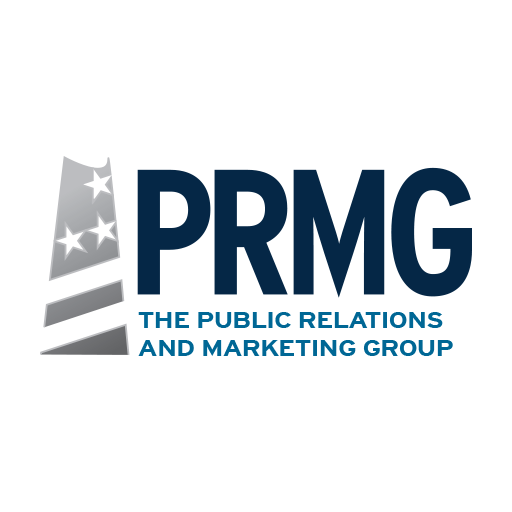By Hank Russell
It is obvious that, more often than not, we do not write the same way we talk. If we did, we would see how unintelligible we sound based on the amount of grammatical errors we make in our conversations. The words we use when we speak may be more suitable with our family and friends than with our clients or business associates.
Like spelling errors (please see “Words Mean Things: 5 Tips to Avoid Spelling Errors” for more information), grammatical errors will leave a bad impression on prospective employers (especially if it’s for a job for a proofreader or copy editor), clients and business managers. When writing copy, you should make sure it is fluid, concise and doesn’t confuse the reader. Here are five ways to improve your grammar:
Remember there is no reason to use “because.”
People feel the need to use the word because when explaining a reason. The word because should be used only when the question begins with “Why?” Think of it this way: If someone asked you what was the reason that something happened, you would not start your answer with “because”; it should be the explanation why something happened. If the question was, “What was the reason for canceling tonight’s game?”
Wrong: The reason the game was canceled was because it rained today.
Right: The reason the game was canceled was that it rained today.
Know the difference between an individual and a group setting.
When discussing quantities or groups, many people do not know when to use fewer and when to use less. Fewer refers to more than one object that can be set as one or in a group. Less is used with groups that count as one collective unit. Here is a perfect example: Joe sold fewer cars at the dealership this month; as a result, he will make less money than he did last month.
Just like fewer and less, much and many have their respective uses. Much is used for collective units, and many, like fewer, can be used for multiple individuals or entities. The following sentence shows proper usage of both words: There is too much work to do and not many hours in the day to do it.
Know when something is between or among friends.
These words are known to be used interchangeably, which is not a good thing. Between is used for only two people or concepts, and among is used when there are more than two people or entities. Lottery winnings are divided between a husband and wife, for example, but if a group of 10 co-workers hits the lottery, the winnings are split among them.
On another topic, if you use between when writing about a period of time, use and, not to. Use to when using from. Please note the differences:
The school year runs between September and June.
The distance from New York to Los Angeles is more than 2,400 miles.
Watch out for dangling modifiers.
When applying the modifier to the wrong subject, you cause confusion for the reader. Most dangling modifiers give inanimate objects or other nonhuman entities human qualities or actions that are not possible for them to possess or perform, respectively. An example of a dangling modifier and how to correct it is listed below.
Wrong: Looking at his watch, the train pulled into the station. (A train cannot look at his watch.)
Right: Looking at his watch, the passenger noticed that the train pulled into the station.
Right: As the passenger was looking at his watch, the train pulled into the station.
Don’t go on and on and on.
Run-on sentences are the written equivalent of blabbering — there is no coherence and no end to what is being said. Many people do not know when to stop (talking or writing) when trying to make a point. Run-on sentences overwhelm the reader as you try to include as much information as possible. Try to understand reading a sentence like this:
It will take about two weeks to deliver the materials to ABC Company and another three weeks before they can break ground on the building after that construction of the First Second Bank will begin the building is expected to be completed in 12 to 15 months and a grand opening ceremony is to be scheduled three months after the bank officially opens for business.
See how much easier it is to read this:
It will take about two weeks to deliver the materials to ABC Company and another three weeks before they can break ground on the building. After that, construction of the First Second Bank will begin. The building is expected to be completed in 12 to 15 months. A grand opening ceremony is to be scheduled three months after the bank officially opens for business.
These tips should help you improve your writing and produce more understandable copy. As always, be sure to proofread your copy before sending it to print or by mail (learn more at “Proofreading — The First in a Series of Three Articles”). Here are some other resources to help you with your grammar skills:
The Associated Press Style Manual (www.ap.org)
The American Library Association (www.ala.org)
The Bedford Handbook Seventh Edition (bcs.bedfordstmartins.com/bedhandbook7enew/Player/Pages/Frameset.aspx)
The Chicago Manual of Style (www.chicagomanualofstyle.org)
Grammar Girl (grammar.quickanddirtytips.com)
The Elements of Style by Strunk & White (www.bartleby.com/141)
For more information, please contact The Public Relations and Marketing Group at (631) 207-1057 or johnzaher@theprmg.com.



